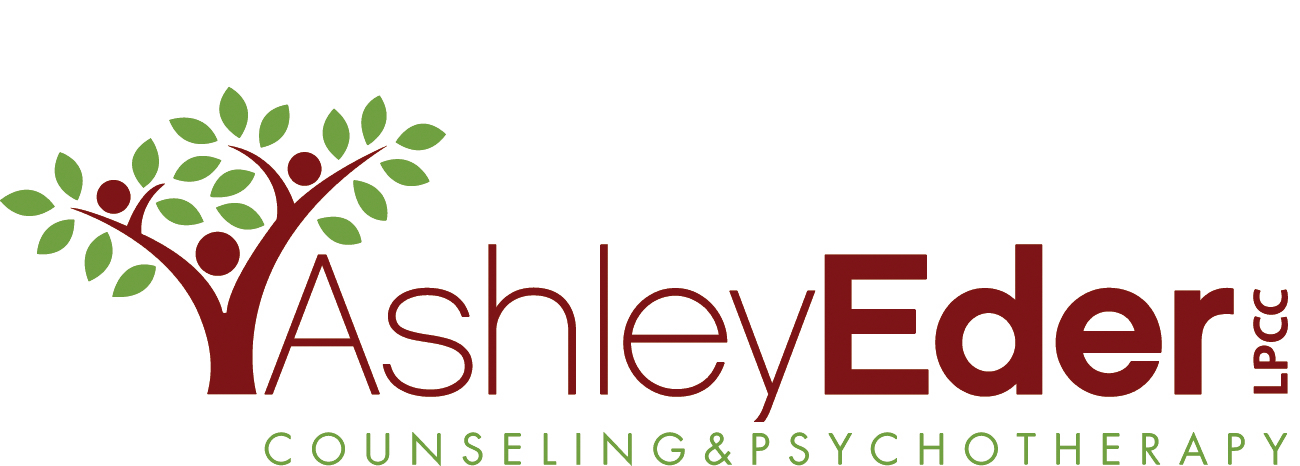What is EMDR?
 EMDR–or Eye Movement Desensitization and Reprocessing–is a form of psychotherapy that has been approved by leading mental health organizations for its positive effects on patients dealing with trauma. The American Psychiatric Association determined it is “an effective treatment of trauma” (2004) and The Department of Veterans Affairs and Department of Defense rate it as “strongly recommended” for the treatment of trauma (2004, 2010). In particular, those who are suffering from PTSD have found EMDR therapy to be especially beneficial for the reduction of a variety of trauma-related symptoms.
EMDR–or Eye Movement Desensitization and Reprocessing–is a form of psychotherapy that has been approved by leading mental health organizations for its positive effects on patients dealing with trauma. The American Psychiatric Association determined it is “an effective treatment of trauma” (2004) and The Department of Veterans Affairs and Department of Defense rate it as “strongly recommended” for the treatment of trauma (2004, 2010). In particular, those who are suffering from PTSD have found EMDR therapy to be especially beneficial for the reduction of a variety of trauma-related symptoms.
During an EMDR session, the client focuses on a disturbing or traumatic memory while simultaneously listening to tones, following movement with the eyes, or feeling small pulses. Even though it sounds kind of strange at first, people usually become quickly accustomed to the set-up and are very impressed by the results.
How Does EMDR Work?
You can think of trauma like indigestion. Sometimes you take a big bite of something that doesn’t agree with you. After a while it starts to feel like it is just sitting in your stomach, making it impossible to get rid of the taste in your mouth and bad feeling in your gut.
What do you do to jumpstart your digestive system?
Sometimes there is a big event in life that doesn’t quite get “digested.” Soon it feels like that event influences your entire life, even if it is technically over. Since it happened, your relationships have changed, your self-esteem has plummeted, or you find yourself abusing food, alcohol, or drugs.
EMDR is the jumpstart that gets your emotional processing back on track.
EMDR catalyzes the healthy processing that was interrupted by trauma, allowing you to digest the events and find a new, adaptive way of holding them.
What Are Some Common Applications of EMDR?
EMDR is an effective tool for a wide variety of complaints. It has been empirically proven to be effective for “Big T” traumas–the kinds of major events that often lead to acute trauma and PTSD, such as assault, combat, and accidents. It is also helpful for “little t” traumas–situations that might not make the front page but stick with you nonetheless: teasing, neglect, and phobias, to name a few. EMDR is even used by athletes for performance enhancement.
Don’t worry if you are curious about EMDR but don’t have a specific incident in mind. One of the great things about EMDR is that the memory can be an event, a feeling, a belief, or even a body sensation.
Why Do I Practice EMDR?
There are many benefits to participating in EMDR therapy, including:
- Positively processing emotionally traumatic experiences
- Increasing your ability to cope with trauma and reminders of trauma
- Feeling a renewed sense of confidence, worth, and self-esteem
- Using a more direct and efficient form of therapy
- Tapping into your own innate healing system
According to the EMDR International Association, more than two million people worldwide, both children and adults, have been helped by the treatment, relieving their psychological distresses to a great degree.
Even more convincing than that, however, are my own personal experiences as an EMDR practitioner. I have repeatedly seen the positive results that EMDR can have on a person who suffers from trauma.
I offer the EMDR protocol and various EMDR-informed resources. If you live near Folsom, California and you’re interested in learning more about how we can work to help you overcome traumatic events, please contact me today.

 Hi, I'm Ashley Eder, a Licensed Professional Clinical Counselor and psychotherapist in Folsom, California. You'll find information about me and my practice on this website, so please take a look around. To schedule an appointment,
Hi, I'm Ashley Eder, a Licensed Professional Clinical Counselor and psychotherapist in Folsom, California. You'll find information about me and my practice on this website, so please take a look around. To schedule an appointment,